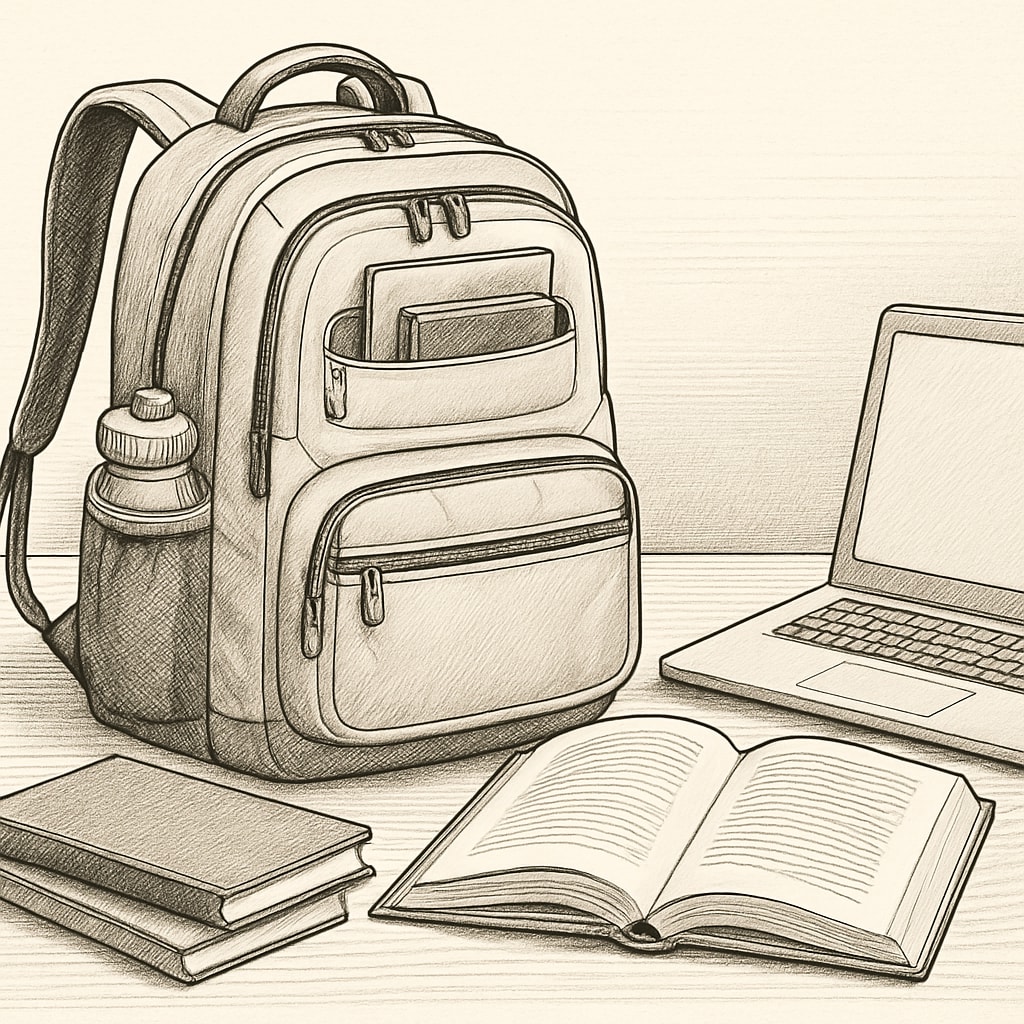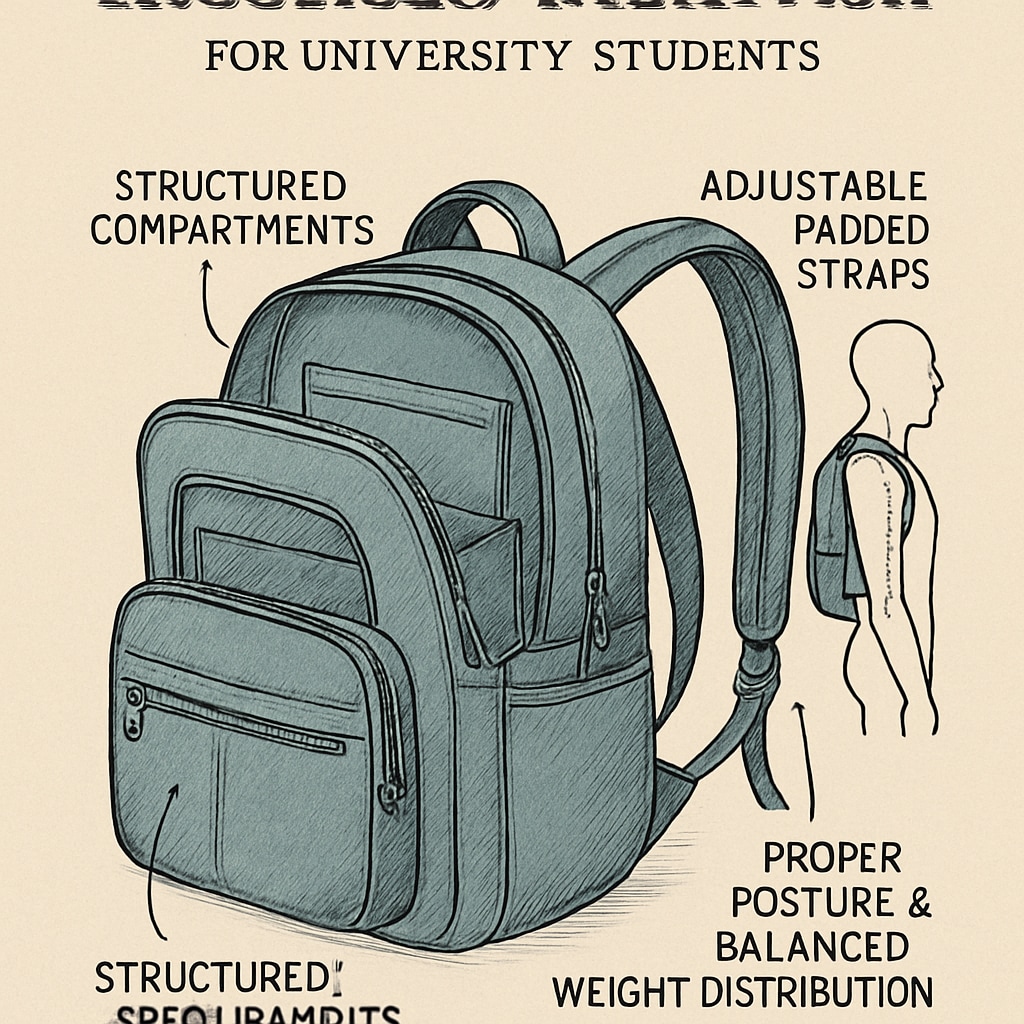Finding the perfect university backpack is a crucial decision for students, as it must balance practicality, budget considerations, and health benefits. Whether you’re heading to lectures, the library, or a weekend trip, the right backpack can make a significant difference in your daily life. This article explores essential tips to help university students make informed choices when it comes to selecting a backpack that fits their needs and lifestyle.

Balancing Practicality and Functionality in Backpack Choices
When selecting a university backpack, functionality should be a top priority. Students need a bag that can accommodate textbooks, laptops, stationery, and personal items without compromising organization or accessibility. Key features to look for include:
- Multiple compartments: Ensure the backpack has separate sections for books, electronics, and personal items to keep everything organized.
- Padded laptop sleeve: A dedicated space for your laptop or tablet helps protect your devices during transit.
- Durable materials: Opt for backpacks made of water-resistant fabric, such as nylon or polyester, which stand up to wear and tear.
- Adjustable straps: Comfortable, adjustable straps help distribute weight evenly, reducing strain on your shoulders.
For example, Wikipedia’s guide on backpacks provides detailed insights into various styles and features that cater to different needs.

Prioritizing Budget-Friendly Options
Budget considerations are equally important for university students, who often operate with limited financial resources. High-quality backpacks come in a range of price points, and finding the right balance between cost and value is essential. Here are some tips for making cost-effective choices:
- Research brands: Explore reputable manufacturers known for producing affordable yet durable backpacks, such as JanSport, Herschel, or Amazon Basics.
- Seasonal sales: Look for discounts during back-to-school seasons or holiday sales to secure a good deal.
- Second-hand options: Consider thrift stores or online marketplaces for pre-owned backpacks in excellent condition.
- Warranty and return policy: Choose brands that offer warranties or hassle-free returns to ensure your investment is protected.
For more budget-friendly tips, visit Britannica’s consumer budgeting guide, which provides strategies for managing expenses effectively.
Health Considerations: Protecting Your Posture
Carrying heavy loads daily can lead to back and shoulder strain, making ergonomics (design for efficiency and comfort) a vital factor in backpack selection. To prioritize health and comfort, students should focus on these features:
- Ergonomic design: Look for backpacks with padded back panels and contoured straps that provide support and reduce pressure points.
- Weight distribution: Choose a backpack with a waist strap or chest strap to evenly distribute weight across your body.
- Capacity management: Avoid overloading your backpack; keep it within 10-15% of your body weight.
In addition, incorporating regular stretching exercises can help alleviate muscle tension caused by carrying heavy backpacks.
Final Thoughts
Choosing the right university backpack requires careful consideration of practicality, budget, and health factors. By focusing on features that match your lifestyle, purchasing from reputable brands, and prioritizing ergonomic designs, you can find a backpack that enhances your university experience without breaking the bank. Remember to explore seasonal sales and second-hand options to maximize your budget.
A well-chosen backpack not only serves as a functional tool but also promotes better posture and organization, ensuring you’re equipped to tackle any challenge during your academic journey.
Readability guidance: Use concise paragraphs and lists to summarize key points; prioritize active voice and avoid overly complex sentence structures. Incorporate transitions like “for example,” “in addition,” and “as a result” for smooth reading flow.


